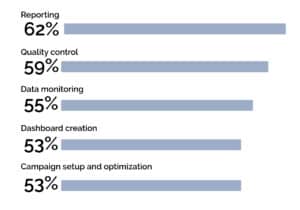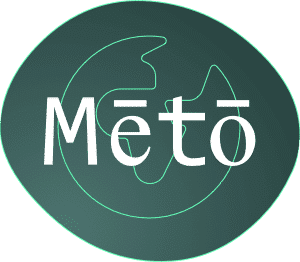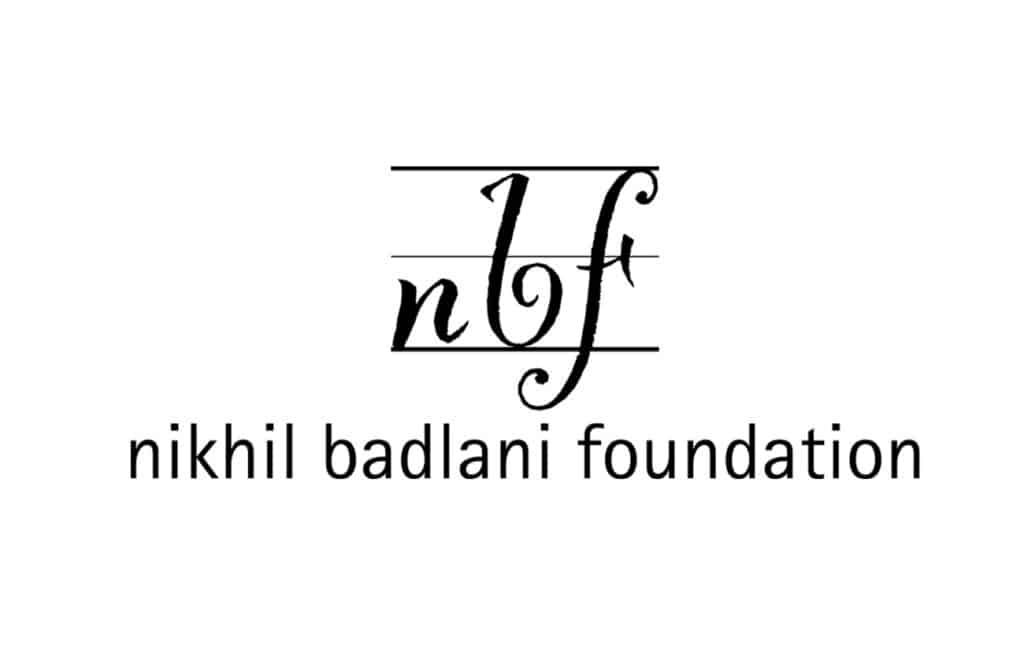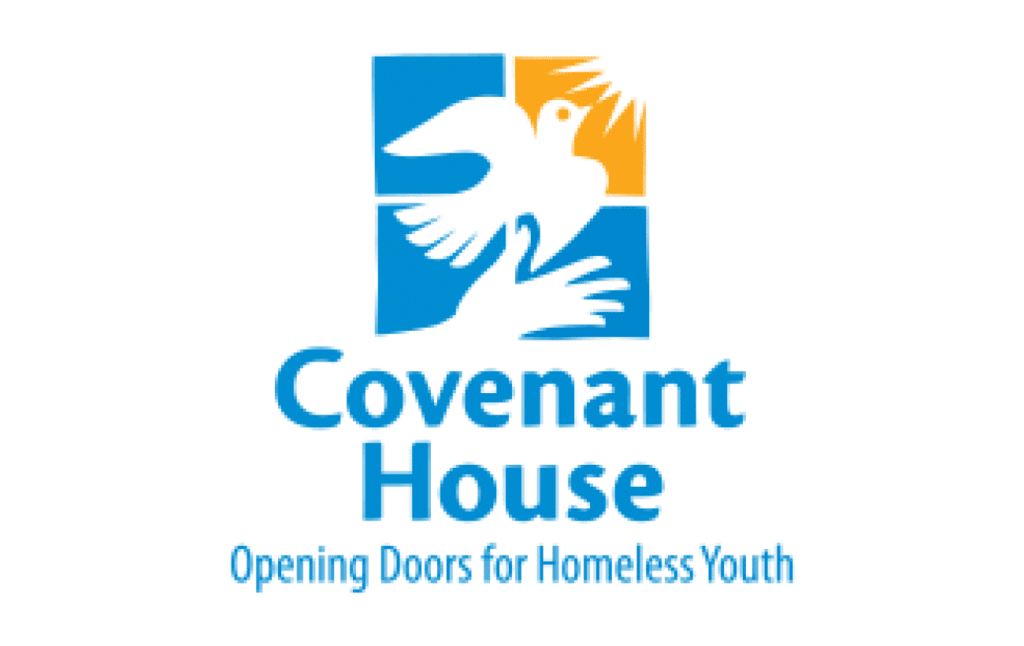Disconnected Tools. Disjointed Workflows. Ad Ops Deserves Better.
Ask anyone in Ad Ops what drains their day, and the answer usually isn’t strategy or optimization. It’s the grind: screenshots, spreadsheets, copy-pasting, tagging. One participant at a recent round table event reported losing up to 10 hrs/week lost searching for info – time that should fuel higher-value work.
That grind slows campaigns, clutters tech stacks, and leaves talented teams stuck doing the very things technology promised to eliminate. 79% say tools could be better. The result: delays, inefficiency, and missed opportunities.
The Real Cost of Fragmentation
The real problem isn’t the daily grind – it’s what that grind takes away. Every hour spent patching gaps is an hour not spent on strategy, optimization, or scaling campaigns. The impact shows up in the numbers, and in the work. More than half of ad ops professionals cite manual processes as a top pain point, nearly as many say complex processes slow their pace of work.
Quality takes a hit, too. 1 in 4 report too many makegoods, eroding margins and trust. And even a small data error can be costly, undermining automation and putting KPIs at risk. Fragmentation not only slows people down, but it also weakens the foundation campaigns rely on. When data, processes, and platforms don’t align, the cracks extend into reporting, making it harder for teams to see prove what’s working, or to fix what isn’t.
The Visibility Gap
Even after campaigns go live, teams face another hurdle: clarity. Ad Ops is expected to monitor performance, optimize against KPIs, and keep clients informed. But with data scattered across platforms, reporting becomes disjointed.
Instead of a clear line of sight, siloed systems force teams into exports, spreadsheets, and manual checks. The work piles up, but the clarity doesn’t. Reporting becomes reactive instead of strategic.
The cost goes beyond inefficiency. A lack of visibility erodes client trust and stalls optimization. Without a reliable, single source of truth, teams can’t act quickly or prove value. What’s missing is a framework that makes performance easy to see, and easier to act on.
Why “Quick Fixes” Don’t Fix Anything
When gaps appear, the reflex is often to add another tool – a reporting add-on, a one-off QA solution, another layer meant to “fix” what’s broken. But each addition brings more logins, more exports, more friction.
Instead of solving the problem, bloated stacks multiply it. Each tool comes with its own workflows, learning curves, and blind spots. What starts as a workaround becomes a web of complexity that slows teams down even more. Ad Ops ends up firefighting, spending more time managing tools than managing outcomes.
Ad Ops professionals identified the areas where automation would have the biggest impact:

The message is clear: teams want freedom from the grind – the manual, error-prone work that eats hours and blocks strategic focus. What they’re asking for is confidence: fewer errors, faster execution, and more time to deliver results that move the business forward.
A Better Path: Streamlined, Purpose-Built Automation
Adding more tools has only multiplied the problem. Ad Ops needs a foundation designed for the realities of the job. Purpose-built automation provides exactly that – an integrated framework that connects every step of the workflow.
With automation, planning, setup, QA, reporting, and optimization flow together in one system. Teams move faster, errors drop, and campaigns stop stalling under the weight of manual fixes.
The impact is clear: fewer makegoods, stronger client trust, and the ability to scale without pushing teams to burnout. Instead of fighting tools, Ad Ops professionals can focus on strategy, growth, and delivering measurable results.
Automation creates the streamlined framework the industry has been missing – one that reduces friction, improves performance, and unlocks the full potential of Ad Ops. Because Ad Ops doesn’t just deserve better, it needs better.
From Grind to Growth: The Path Forward
Disconnected workflows aren’t sustainable. They drain time, erode trust, and keep teams stuck in the grind instead of driving growth. Ad Ops professionals deserve workflows that empower, not exhaust them.
That’s why Theorem built Upward – purpose-built automation for the entire order-to- cash lifecycle. From setup and reporting to billing and reconciliation, Upward reduces friction, cuts errors, and scales without sacrificing quality.
Upward gives Ad Ops time back to focus on what matters: strategy, optimization, and growth.








